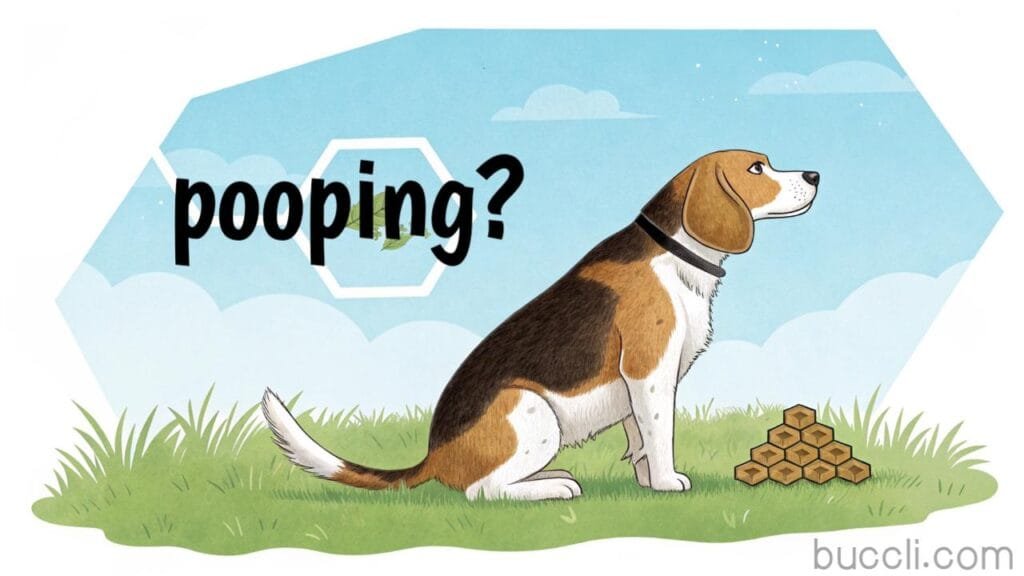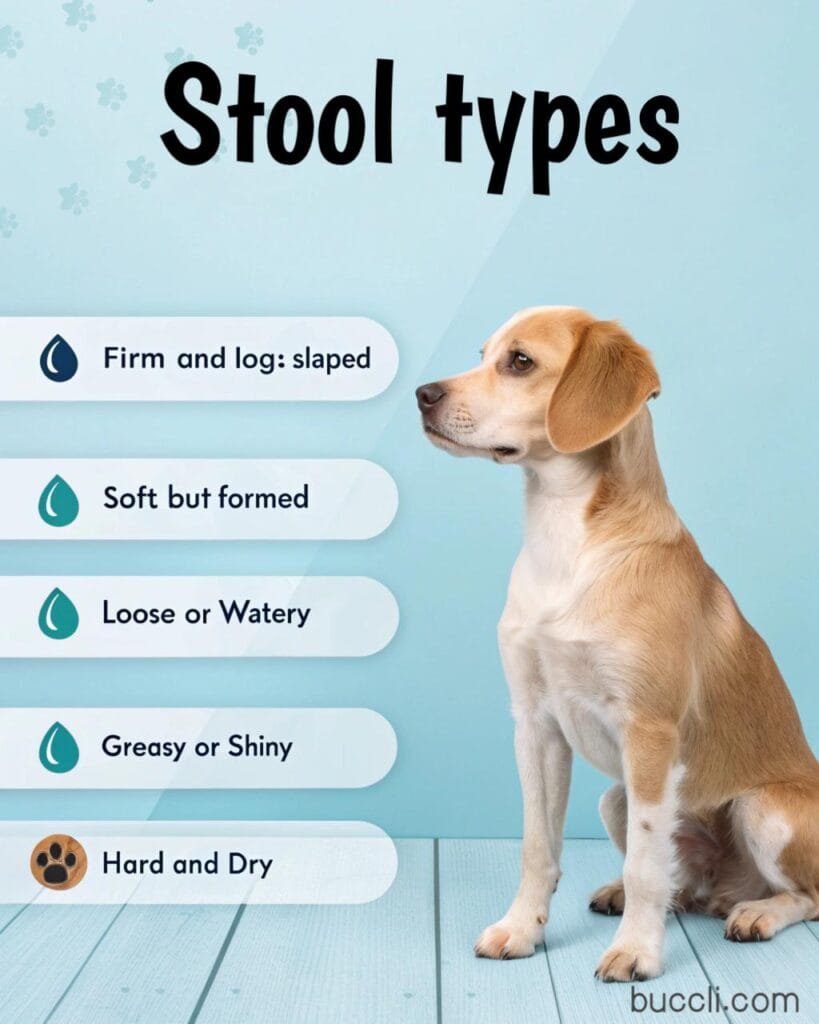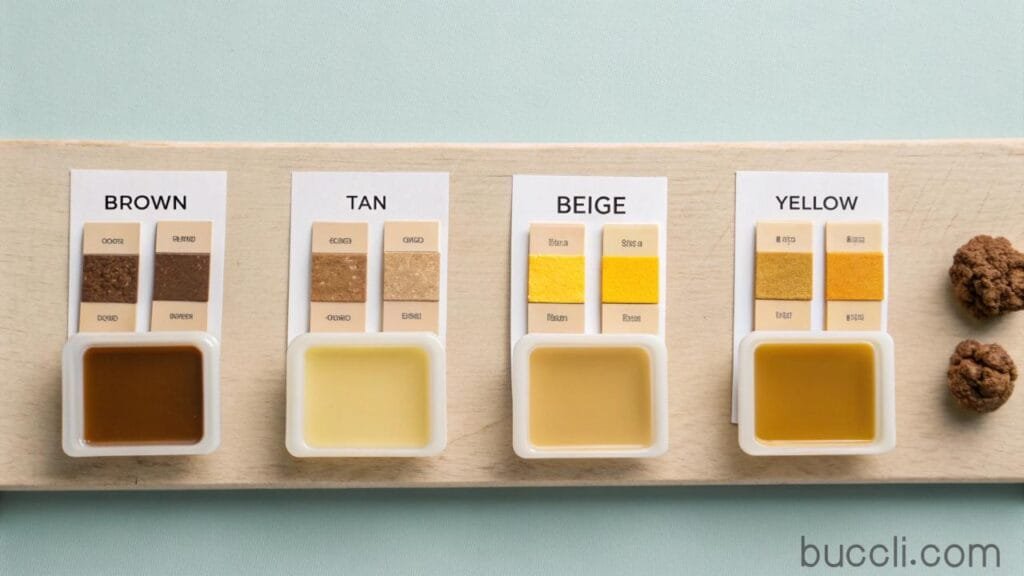what if your dog suddenly starts pooping a lot? Everything you need to know
If your dog suddenly starts pooping a lot it may be caused by some potential reasons that you did not notice but don’t worry we have complete solution for it.
Table of contents
ToggleA recent change in a dog’s food or treats can cause an increase in pooping because dogs are sensitive to ingredients.
Environmental changes can cause Stress in dogs like a new home or a change in routine these can upset their digestive system and cause an imbalance in pooping.
Excessive pooping may indicate some serious medical conditions like infections, parasites, or inflammatory bowel disease.
If your dog suddenly starts pooping more than usual, it may be a sign of an upcoming issue that needs your attention. If your dog also seems lethargic, has a poor appetite, or exhibits discomfort, you should not wait to consult your veterinarian. Finding out the issue early ensures your dog stays healthy and comfortable while preventing potential health problems.

Should you worry about pooping? Signs to notice
Frequency: How many times a day your dog is pooping?
Consistency: Check the conditions Is the stool watery, soft, or firm?
Color: Unusual colors, like black or red, might indicate bleeding.
Accompanying Symptoms: Look for vomiting, lethargy, or a lack of appetite.
What Are the Solutions When Your Dog Is Pooping Too Much?
This issue might indicate anything from diet changes to underlying health problems. Below are actionable solutions to help your dog and manage this situation effectively:

Examine Your Dog’s Diet
One of the most common reasons for excessive bowel movements is dietary issues. Check the ingredients on your dog’s food label. Low-quality fillers like soy, corn, or wheat can lead to increased waste. Switch to high-quality dog food that is rich in nutrients and low in fillers. To avoid stomach upset, transition gradually over 7–10 days.
Be mindful of human food and treats: Treats can upset your dog’s stomach, so limit them and avoid giving table scraps.
Feed Smaller Meals
Instead of one or two large meals, consider giving your dog smaller meals throughout the day. This approach helps their digestive system process food more effectively and can reduce the frequency of bowel movements.
Ensure Proper Hydration
Dehydration can lead to excessive defecation and other irregular bowel habits. Always provide your dog fresh and clean water, especially if they are on a dry food diet.
Identify Food Sensitivities or Allergies
- Elimination Diet: Work with your veterinarian to identify potential allergens. Common triggers include grains, beef, and poultry.
- Introduce Hypoallergenic Food: Gradually switch to a dog food designed for sensitive stomachs.
Address Behavioral Factors
- Establish a Routine: Keep consistent feeding, walking, and bathroom times to help regulate their digestive schedule.
- Reduce Stress: If your dog is anxious, create a peaceful atmosphere and think about utilizing calming tools like anxiety wraps or pheromone diffusers.
Look for Parasites
Frequent bowel movements and intestinal discomfort may indicate the presence of parasites such as giardia or worms. Meet a veterinarian sooner.
Examine Health Concerns
If regular adjustments and dietary changes fail to resolve the issue, it could signal a more serious health problem.
- Consult a Veterinarian: Conditions like irritable bowel syndrome, infections, or pancreatitis might be responsible for ongoing excessive bowel movements.
- Diagnostic Tests: Your veterinarian may recommend imaging, blood tests, or additional stool analysis to pinpoint the problem.
Track Your Dog’s Activity Levels
Inactivity can affect digestion. Since exercise helps regulate bowel movements, ensure your dog gets plenty of it. A daily walk or playtime is a great starting point.
Use Probiotics for Digestive Health
Probiotics can help maintain a healthy gut microbiome, enhancing digestion and reducing excessive pooping. Consult your vet for guidance.
Clean Up Promptly and Notice Changes
To keep track of your dog’s stool frequency and consistency, always clean up after they finish. Changes in color, texture, or odor can provide insights into their diet and overall health.
Understanding stool conditions in dogs
A dog’s stool can reveal a lot about their health. If your dog suddenly starts having frequent bowel movements, it’s important to observe the stool’s color, consistency, and odor to help pinpoint any potential problems. Here’s a comprehensive guide on stool conditions and what they might mean:

The consistency of your dog’s stool can change based on their diet, hydration, and overall health.
Firm and log shaped: This is a sign of good health, indicating a balanced diet and proper digestion.
Soft but formed: Slightly soft stools can happen after dietary changes or mild stress but usually aren’t a major concern.
Loose or watery (Diarrhea): Frequent watery stools may indicate infections, parasites, dietary intolerance, or stress. Prolonged diarrhea can lead to dehydration and should be addressed by a veterinarian.
Greasy or shiny: This may suggest malabsorption or a high-fat diet, often associated with pancreatitis or issues with bile production.
Hard and dry: This could indicate dehydration or a lack of fiber in the diet.

Color
Changes in stool color can often signal underlying health issues.
Brown (Light to Dark): Normal and healthy.
Black or Tarry: This could suggest bleeding in the upper gastrointestinal (GI) tract.
Red or Blood-Tinged: May indicate bleeding in the lower GI tract, often due to colitis, infections, or trauma.
Yellow or Orange: Suggests potential liver or bile duct issues, or could be related to certain foods.
Green: May occur from eating grass, a dietary reaction, or excess bile production.
White or Chalky: Often seen in dogs on raw diets high in calcium or with bile production problems.
Should I be concerned if my dog is pooping frequently?
Yes, particularly if it’s accompanied by diarrhea, lethargy, or blood in the stool.
Why is my dog having 5 or 6 bowel movements a day?
This could be related to their diet, stress levels, or health issues such as infections or parasites.
How many times is too many for a dog to poop?
Dogs usually poop 1–3 times a day. If they exceed this, especially suddenly, it might signal a problem.
What does poop from a dog with parvovirus look like?
Poop from a dog with parvovirus is often watery, has a strong odor, and may contain blood. If you notice this, seek immediate veterinary attention.